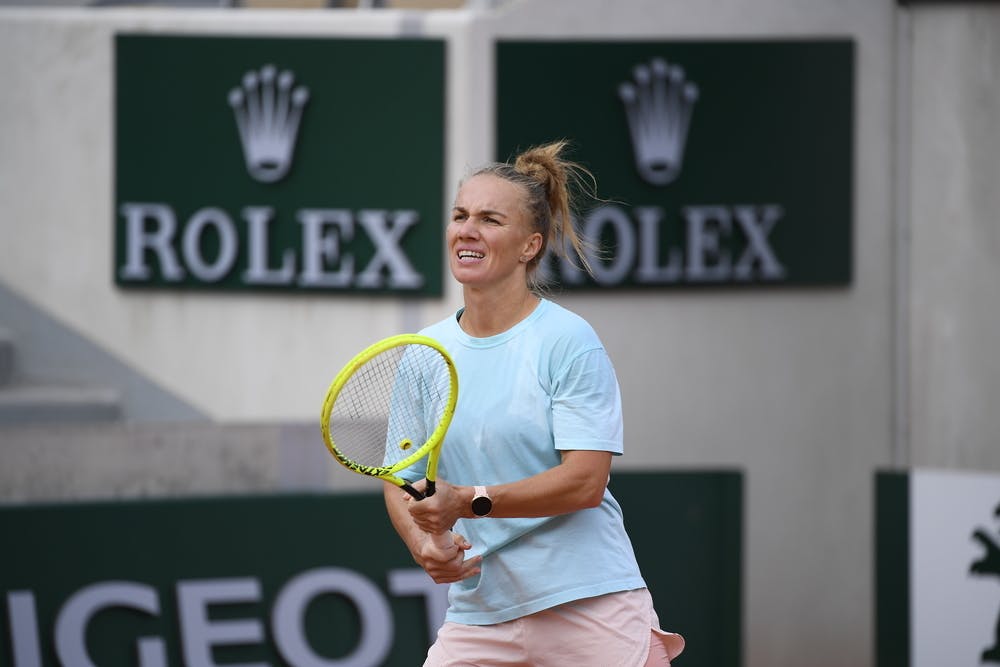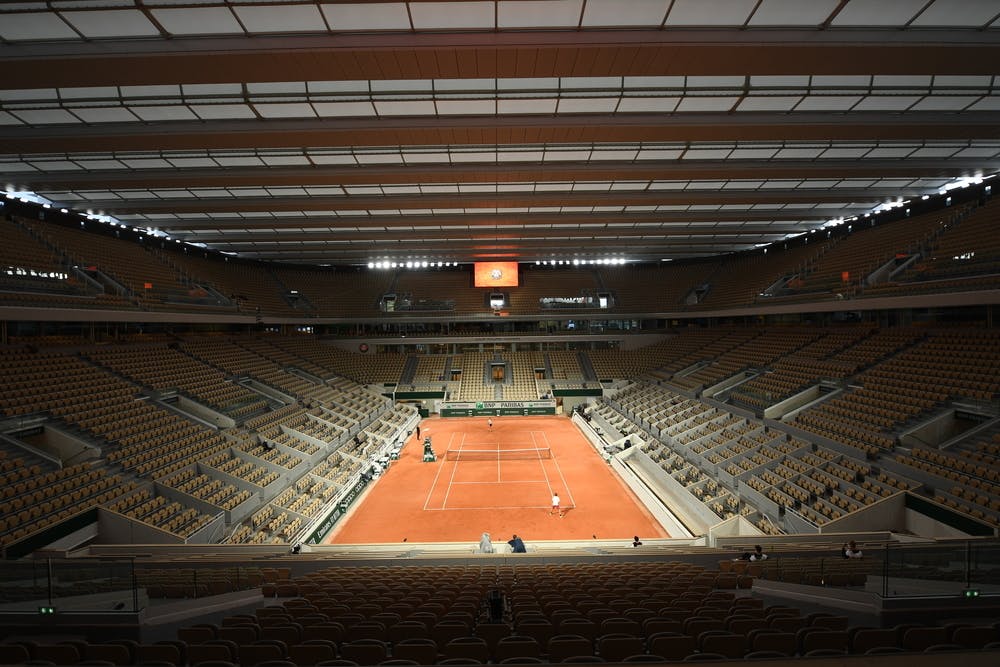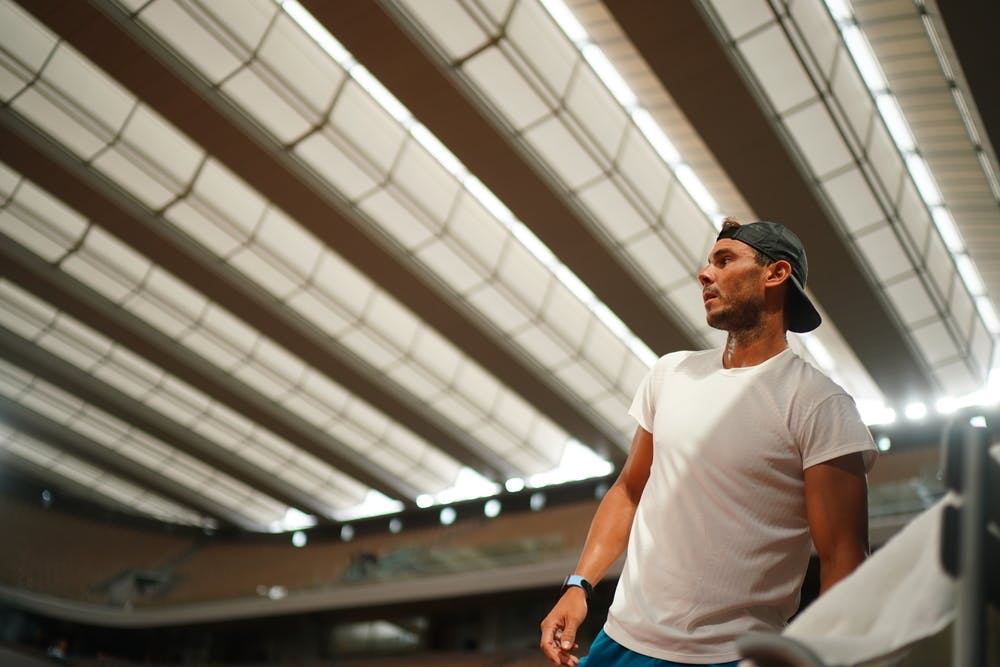Photo gallery
Grand Slam champs hit the practice courts

Roland-Garros has your questions covered on its new state-of-the-art retractable roof over Court Philippe-Chatrier

It is the crowning glory on the centrepiece at Roland-Garros – a retractable roof on the fully refurbished Court Philippe-Chatrier.
The structure, which weighs 3,500 tons and covers 10,000sqm, can be closed in about 15 minutes.
Here we answer some of your key queries on the new addition to centre court, as well as when night sessions will begin.
Typically milder than the usual May-June time slot, conditions in Week 1 are forecast to be cool, with intermittent rain.
The new roof is a boon for players, fans and tournament organisers alike, helping keep scheduling on track with less rain interruptions.
It may create heavier conditions inside, the type players experienced on clay in Rome last week.
Roland-Garros top seed Novak Djokovic explained how clay-court tennis at this time of year would impact players.
"The conditions that they played on, heavy clay, not much bounce, humid, night session, we are going to have that as well in Paris,” Djokovic said of playing conditions in Rome.
The hotter temperatures when the tournament is usually held in late spring, early summer is more conducive to players who preferred faster, drier conditions to generate more spin and kick off the court. In other words, cooler conditions means lower bounce.

The tournament referee will decide the best time to close the roof. Before the start of the day’s first match, the referee will check the weather forecast and decide whether the first match will begin with the roof open or closed.
Any match that starts with the roof closed will continue that way until the end of the match. If the weather improves and play can continue in the open air, the referee may decide to open the roof at the end of the match for the following encounter.
If play is stopped due to a brief shower, tarpaulin sheets will be used to cover the court as on all other courts. If the conditions improve and play can resume, the match will continue with the roof open.
If, however, the rain showers continue and prevent the match from progressing as normal, the referee may, at his sole discretion, order the roof to be closed.
Not in 2020. From 2021 onwards, from the first Monday to the second Wednesday of the main tournament fortnight, one key match between two top players will be scheduled every evening at 9pm on Court Philippe-Chatrier.
This will also be the first year Roland-Garros has the option of turning the lights on. It could come particularly useful with the days being shorter at this time of year than the usual May-June slow.
The lighting system installed on Court Philippe-Chatrier works independently of the roof structure. The decision to use these lights is made by the tournament referee, except when play proceeds with the roof closed, which requires artificial lighting.
Twelve courts have been fitted with floodlights. They are the three show courts (Philippe-Chatrier, Suzanne-Lenglen and Simonne-Mathieu) as well as Courts 4, 5, 7, 9, 10, 11, 12, 13 and 14.
The referee decides if and when the lights should be used. As of next year, this lighting system will allow evening sessions to be held.